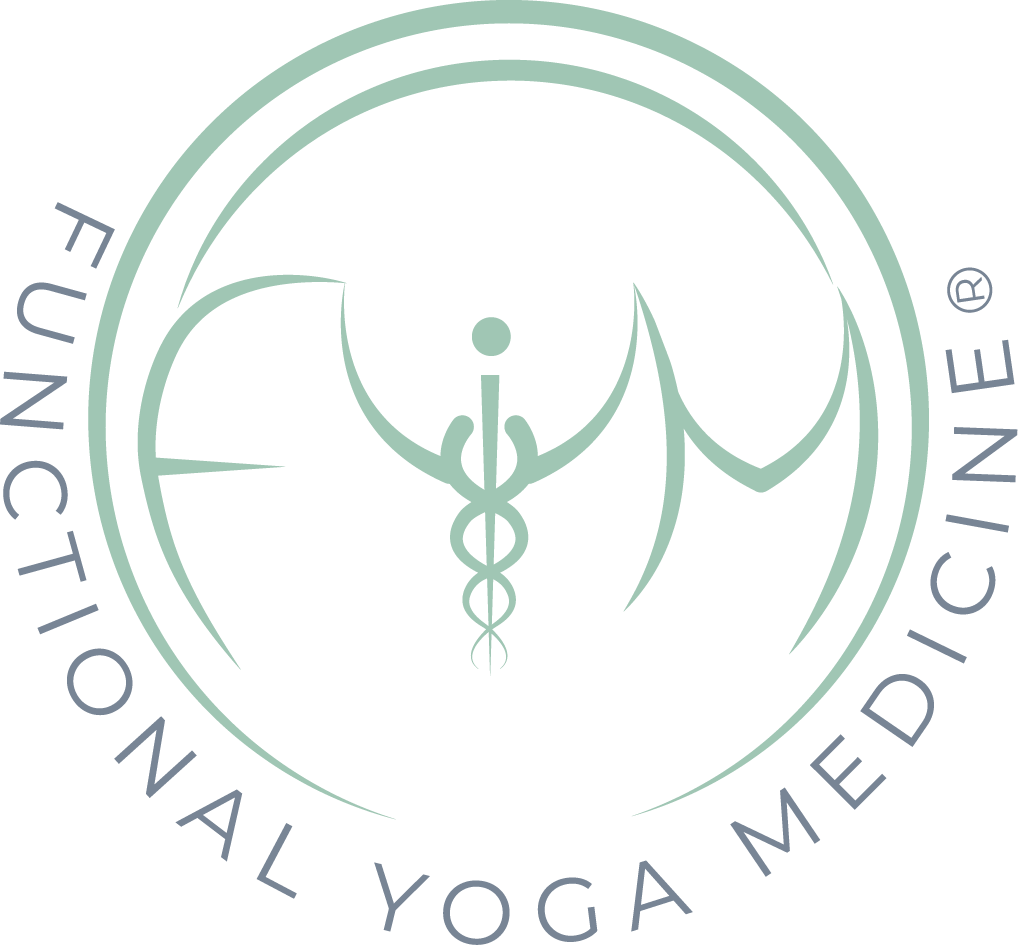 Understanding thyroid tests – There is confounding information in medical literature about thyroid testing. Traditionally, doctors have relied on a test called TSH (thyroid stimulating hormone) to help diagnose and treat patients with a thyroid disorder. Until November 2002, a normal TSH level was generally considered to be between 0.5 and 5.0 mIU/L. At that time two professional organizations, the American Association of Clinical Endocrinologists (AACE) and the National Academy of Clinical Biochemistry, part of the Academy of the American Association for Clinical Chemistry (AACC), both suggested that that reference range is too broad. The AACE encouraged doctors to consider treatment for patients who test in the lower and higher limits of normal and closely examine its implications.
Understanding thyroid tests – There is confounding information in medical literature about thyroid testing. Traditionally, doctors have relied on a test called TSH (thyroid stimulating hormone) to help diagnose and treat patients with a thyroid disorder. Until November 2002, a normal TSH level was generally considered to be between 0.5 and 5.0 mIU/L. At that time two professional organizations, the American Association of Clinical Endocrinologists (AACE) and the National Academy of Clinical Biochemistry, part of the Academy of the American Association for Clinical Chemistry (AACC), both suggested that that reference range is too broad. The AACE encouraged doctors to consider treatment for patients who test in the lower and higher limits of normal and closely examine its implications.
AACE concluded “the new range will result in proper diagnosis for millions of Americans who suffer from a mild thyroid disorder, but have gone untreated until now.” The AACC said “In the future, it is likely that the upper limit of the serum TSH reference range will be reduced to 2.5 because >95% of rigorously screened normal…volunteers have serum TSH values between 0.4 and 2.5 mIU/L.” There is good reason to consider these changes, as research has shown that many individuals with a TSH higher than those new recommendations are at increased risk for heart disease, elevated blood pressure, and other long term health problems.
In addition, it is likely that just looking at a laboratory value like TSH, while useful, is not the only data that should be relied upon. History, physical exam, and other lab tests can be very important to help establish what is optimal for the individual person.
As one well respected endocrinologist said in a published paper “the decision {by the doctor to treat} is based more upon the ‘art of medicine’ at this time than the science.”

